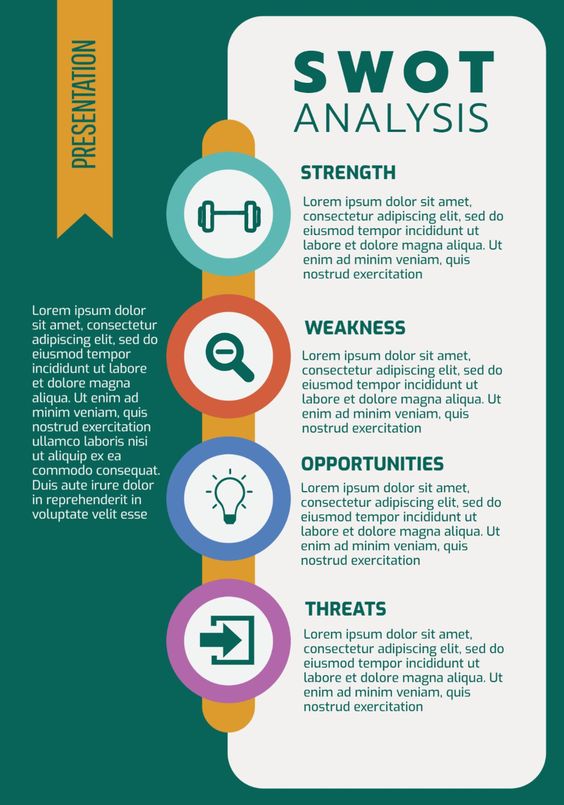SWOT analysis is a popular tool that helps businesses and organizations to identify their strengths, weaknesses, opportunities, and threats (SWOT). By doing so, they can make informed decisions, set achievable goals, and develop effective strategies for success. In this article, we’ll take a comprehensive look at SWOT analysis, including its definition, the process of conducting a SWOT analysis, and how to use the results to improve your business.
What is SWOT Analysis?
SWOT analysis is a strategic planning method used to evaluate the strengths, weaknesses, opportunities, and threats involved in a project or in a business venture. The purpose of SWOT analysis is to identify internal and external factors that can impact a project or a business, and to develop strategies to maximize the strengths, minimize the weaknesses, and take advantage of opportunities.
How to Conduct a SWOT Analysis
Conducting a SWOT analysis is a straightforward process that can be completed in a few simple steps.
- Identify the objective of the SWOT analysis.
- Gather data and information on the internal and external factors that can impact the objective.
- Evaluate the strengths and weaknesses of the organization or project.
- Identify the opportunities and threats in the external environment.
- Create a SWOT matrix to categorize the information.
- Use the SWOT matrix to identify and prioritize the factors that have the greatest impact on the objective.
- Develop strategies to address the weaknesses, maximize the strengths, and take advantage of opportunities.
- Regularly revisit and update the SWOT analysis to reflect changes in the internal and external environments.
Strengths of SWOT Analysis
Strengths refer to the internal factors that give a business or organization an advantage over others. Examples of strengths include a strong brand reputation, a highly skilled workforce, and a favorable location.
Weaknesses of SWOT Analysis
Weaknesses refer to internal factors that can impede a business or organization’s ability to achieve its objectives. Examples of weaknesses include a lack of resources, outdated technology, and poor management.
Opportunities of SWOT Analysis
Opportunities refer to external factors that a business or organization can exploit to achieve its objectives. Examples of opportunities include the emergence of new markets, changes in technology, and shifts in consumer behavior.
Threats of SWOT Analysis
Threats refer to external factors that can have a negative impact on a business or organization. Examples of threats include increased competition, economic downturns, and natural disasters.
SWOT Analysis Examples
A SWOT analysis can be applied to a wide range of industries and businesses, including small businesses, startups, and large corporations. Some examples of businesses that can benefit from SWOT analysis include:
- Retail businesses
- Technology companies
- Healthcare organizations
- Non-profit organizations
- Manufacturing companies
You find these FREE Courses useful:
- Using Advanced SWOT Analysis to Determine
- Free SWOT Analysis Tutorial
- Create a Gantt Chart with Lucidchart
- Project Management: How to Create a Gantt Chart
- Create a Simple Gantt Chart using Microsoft Excel
How to Use SWOT Analysis Results
Once you’ve completed your SWOT analysis, the next step is to use the results to improve your business or organization. Here are some tips for using SWOT analysis results effectively:
- Prioritize the factors that have the greatest impact on your objective.
- Develop strategies to address the weaknesses and minimize the threats.
- Take advantage of the opportunities to maximize your strengths.
- Monitor the internal and external environments and update your SWOT analysis regularly to reflect changes.






